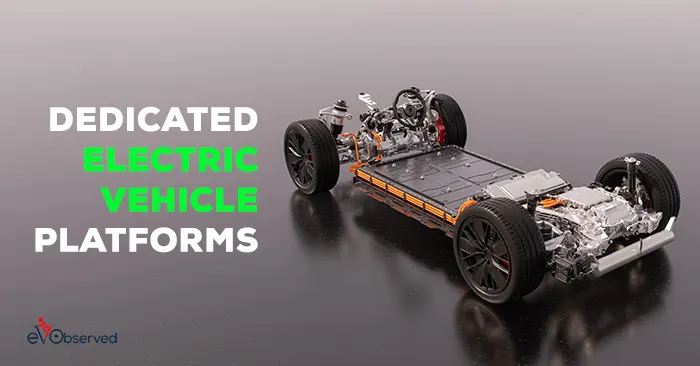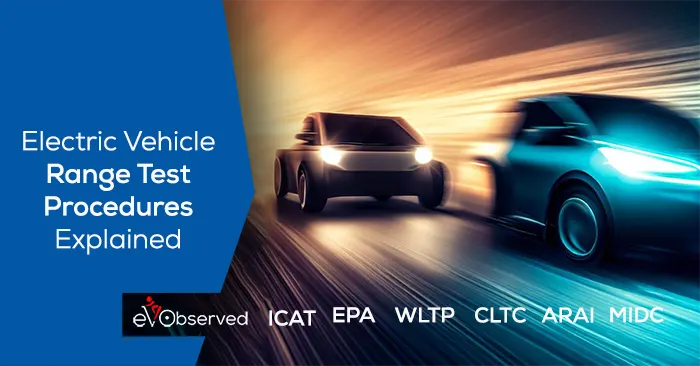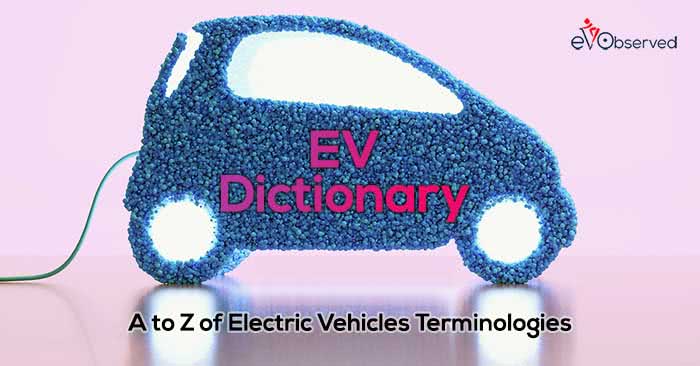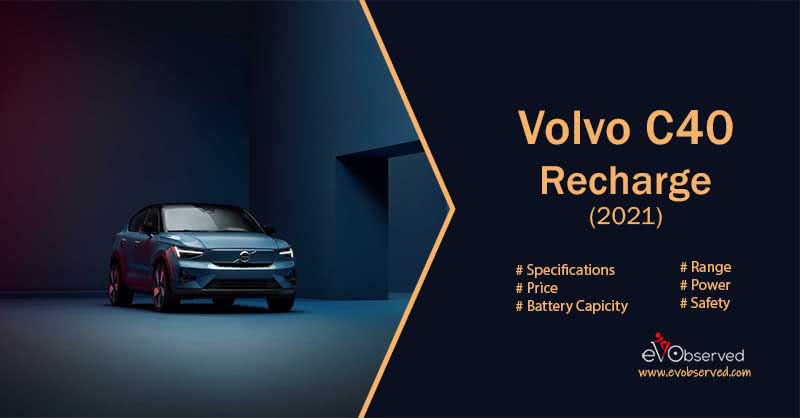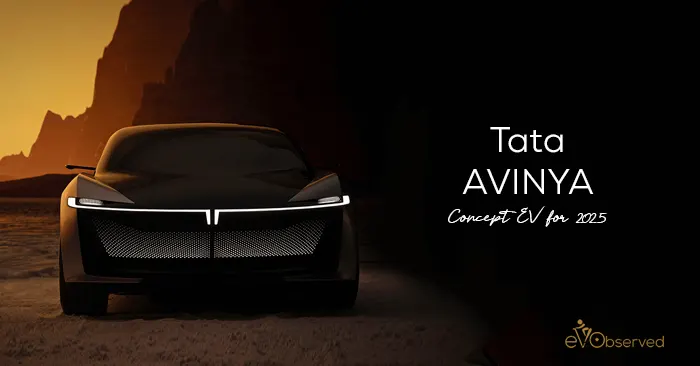Are Electric Vehicles Greener : Climate change is a major concern for our environment nowadays. Everything that we do or exists needs to be looked upon if also it claims to be greener too.
According to NASA’s Goddard Institute for Space Studies (GISS), the average global temperature on Earth has increased by a little more than 1° Celsius (2° Fahrenheit) since 1880.
Two-thirds of the warming has occurred since 1975, at a rate of roughly 0.15-0.20°C per decade. Change in the global temperature at such a rate has caused major catastrophic events like the Melting of Heavily Glaciers and Ice in Polar regions, Prolonged and Hot Summers, Tsunamis, Extinction of Animals and Aquatic life, etc.
Also Read: EV Stocks to Buy in 2021 | EV Dictionary
Since we live in an ecosystem where every individual is connected or dependent on each other, so any change in the environment will harm the organisms and hence result in the disturbing of the Ecosystem.
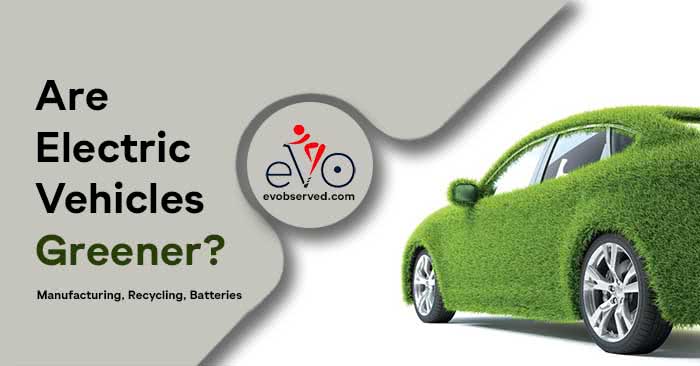
A lot of catastrophic activities are going on due to the slight change in the global temperature and if the global temperature will rise above 2° Celcius, then there will be Havoc.
According to the Intergovernmental Panel on Climate Change (IPCC) Assessment Report 4 (AR 4), the transport sector produced 7.0 Gt (Gigaton) CO2 eq. of direct GHG emissions (including non-CO2 gases) in 2010 and hence was responsible for approximately 23% of total energy-related CO2 emissions (6.7 Gt CO2).
In this Transport sector, the cars contributed the majority stake. The Assessment Report (AR 5) depicted that the global surface temperature by the end of the 21st century is likely to exceed 1.5 °C as compared to the 1850 to 1900 period for most scenarios.
Must Read: History of Electric Vehicles : From where it all Started?
Also, it is likely to exceed 2.0 °C for many scenarios. But limiting the temperature below 1.5° C will not cause major issues so in 2015 various governments took the initiative and signed an agreement on climate change named the “Paris Agreement” whose chief motive is to keep the rise in global temperature below 2° Celsius.
It also directed the developed nations to limit their carbon footprint so that the developing countries can use those limits to make developments for their country.
All these factors led to the adoption of Electric Cars on a wider scale in the transportation field, but they also emit carbon dioxide while manufacturing and refueling.
But it is said that they have less Carbon Footprint than conventional vehicles. To know more, let’s dive specifically into the comparison of electric and Conventional Vehicles.
Recommended: Everything About EV Charging
☛ What You will Read here
Electric vs Fossil Fuel Powered Vehicles
Everything in this universe requires fuel to produce energy and work. Conventional vehicles used ICE (Internal Combustion Engines) which are fueled by the fossil fuels such as Diesel, gas, or petrol. While on the other hand side the charge stored in the battery powers the Electric vehicles.
If we look only up to this aspect, then it is very clear that electric cars are greener because they use electric charge to power them. But for ICE vehicles, fossil fuels are used which emit harmful byproducts after combustion such as Carbon Dioxide, Nitrogen Dioxide, Carbon Monoxide, Free radicals, etc. All these byproducts are harmful to our environment, hence electric vehicles are greener.
Must Know: How EV Charging Stations Work?
Since Charging a battery also requires a power source and if the battery charging is done through the energy generated by Non-Renewable Energy sources such as Thermal Power plants(which use coal and other fossil fuels for Power Generation) then the Electric vehicle operation is not going to be much greener.
https://youtu.be/Qg-qfyRRq7Y
According to a report in 2017, fossil fuels generated 64.5% of worldwide electricity, which clearly shows that Electric Vehicles are also indirectly connected to fossil fuels. Many countries such as Germany, Ireland, Switzerland, Denmark, etc. are working towards making Renewable Energy sources their priority.
Using Fossil Fuels for charging your Electric vehicle is still a greener approach, but to reduce the carbon footprint shift towards cleaner energy sources is necessary.
Recommended: 4 Types of Electric Vehicles : Know the Difference Here!
Manufacturing of Electric Vehicles
According to a report Manufacturing a mid-sized EV having an 84-mile range produce 15 percent more emissions than manufacturing an equivalent gas-operated vehicle. For larger, longer-range EVs having a range greater than 250 miles per charge, the manufacturing emissions can be as much as 68 percent higher.
The manufacturing of Electric Vehicles emits more because in the making of Electric Vehicle batteries Rare Earth Metals such as Lithium are needed. Also, electric vehicles are driven by a motor that uses other rare earth metals such as neodymium and dysprosium for their construction.
The ores that rare earth is extracted from come mixed with radioactive materials such as Thorium. Separating the materials requires huge amounts of carcinogenic chemicals like sulfate, ammonia, and hydrochloric acid. Reports suggest that processing 1 tonne of rare earth metal can produce up to 2000 tonnes of toxic waste.
Toxic waste is most of the time not efficiently handled and causes harm to the environment. Apart from being the environmental concerns, it has been found that the Main Rare Earth Metal named Lithium has very few reserves which will last up to only 185 years.
Also Read: Are Cities Ready For E-bikes? Major problems and Progress
All these factors add extra to the emission of electric vehicles while manufacturing as compared to conventional ICE vehicles. The manufacturing emission of electric vehicles is higher than the ICE vehicles, but while running, Electric Vehicles are Greener.
Recycling
Lithium-Ion Batteries revolutionized the charge storing capabilities of batteries as they offer longer life and high charge storing capacity as compared to the conventional Lead-Acid battery. According to research published, only 3% of the Lithium-Ion Batteries were refurbished in 2016, and most of the time it is considered as waste.
But since the prices of Rare Earth Metals are increasing so recycling seems a profitable option. It is also expected that the Recycling rate of these batteries is going to increase over 50% in the upcoming years. The recycling rate of the lead-acid battery is 90% because of a higher percentage of lead in them as compared to Lithium (1%) in Lithium-ion batteries.
These factors make the Recycling of Lithium-Ion batteries a less appealing option. Like every other battery, the life of a Lithium-Ion battery decreases over time, due to which it becomes unfit for use in a vehicle. Apart from the recycling, the batteries can still be used in power grids, Solar power plants, Wind Plants for energy storage until complete depletion.
Also Read: Present, Past and Future of Electric Vehicles
All these factors conclude that Recycling is an Expensive and less appealing process, but since the prices of Rare Earth Metals are increasing so a rise in the trend of recycling is expected in the upcoming years.
Are Electric Cars actually greener : Conclusion
Factors such as fuel required for generating the energy required for charging the batteries, manufacturing emission, and Recycling problems indicate that Electric Vehicles are not fully greener.
You May also Like: Upcoming EVs : Every Electric Vehicle Coming Soon
They are also making some emissions and we cannot reduce this emission to zero, but there is a need to look for better alternatives to reduce the carbon footprint of electric vehicles. Shifting towards Renewable Energy Sources such as Solar Power, Hydro Power, Wind Power, Geo-Thermal Power could be the first step in decreasing the carbon footprint of electric vehicles.
Apart from these, there is a very urgent need to look for alternatives other than Lithium for battery manufacturing because this Rear Earth metal has limited resources. Also, recycling needs to be encouraged by giving Carbon Credits like those given to the Electric Vehicle Manufacturers.
Since according to the UN report, 68% of the world population will live in urban areas by 2050 so there is also a need to shift towards public transport and vehicle sharing. Vehicle sharing not only will reduce the carbon footprint, but will also reduce traffic.
Important Link: Electric Vehicle News | Electric Vehicle Blog | EV Observed
It is obvious from the above factors that Electric Cars are greener than conventional ICE vehicles, but there is still a need to enhance the efficiency of these vehicles.


